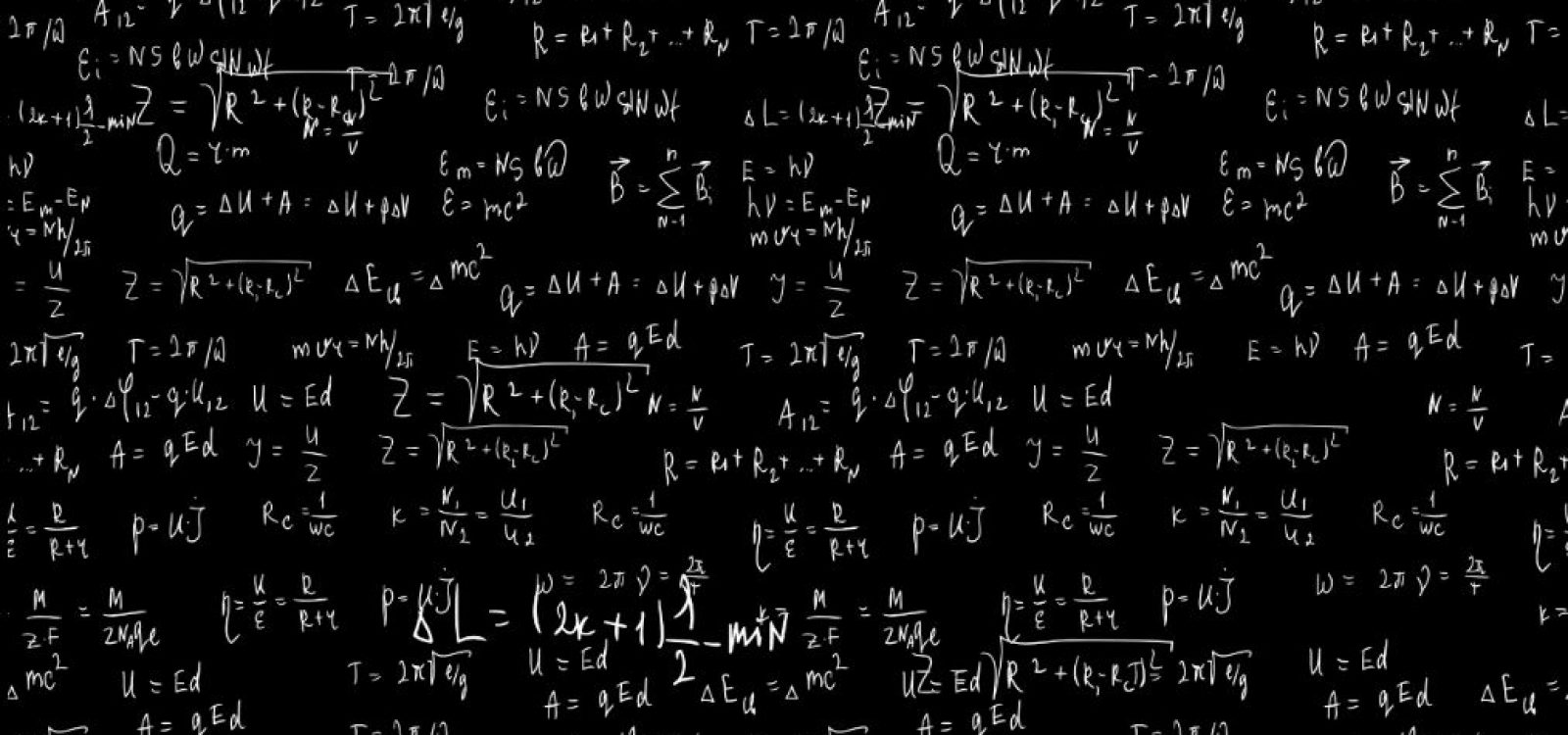
The Critical Line: Volume 4
In this month’s mathematical musing: The Man Who Knew Infinity, interesting integers, nested radicals, and peculiar processes.
Rotten Tomatoes
 About a month ago I went to see The Man Who Knew Infinity – the captivating intersection of pure mathematics and Hollywood blockbusters. The movie follows the life of eminent Indian mathematician Srinivasa Ramanujan (Dev Patel) and his Cambridge wing-man Godfrey Hardey (Jeremy Irons). In what is probably no surprise to anyone at all, a movie about two mathematicians thinking about mathematics for 108 minutes was a little dry. Though true to rigor, The Man Who Knew Infinity does obey the Hollywood formula: Movie = Adversity + Breakthrough + Love Interest.
About a month ago I went to see The Man Who Knew Infinity – the captivating intersection of pure mathematics and Hollywood blockbusters. The movie follows the life of eminent Indian mathematician Srinivasa Ramanujan (Dev Patel) and his Cambridge wing-man Godfrey Hardey (Jeremy Irons). In what is probably no surprise to anyone at all, a movie about two mathematicians thinking about mathematics for 108 minutes was a little dry. Though true to rigor, The Man Who Knew Infinity does obey the Hollywood formula: Movie = Adversity + Breakthrough + Love Interest.
- Adversity: Hollywood-style bigotry of the Trinity College fellows
- Breakthrough: Dev Patel running through the college courtyard clutching a piece of paper on which he has scribbled down a new formula
- Love Interest: an arranged marriage stifled by an overbearing mother
Of course, the Hollywood formula does exist for a reason and to my surprise the movie seems to have received fairly positive reviews (63% on Rotten Tomatoes with 80% audience approval), so don’t take my word for it.

Anyway, I decided I would talk about this movie in the hopes that it would inspire this month’s puzzle. At one point during the movie a character quipped that “every positive integer was one of Ramanujan’s personal friends.” This reminded me of the well-known theorem that all positive integers are interesting; below is the simple proof of this fact:
Theorem: all positive integers are interesting
Proof: suppose, for the sake of contradiction, that not all positive integers are interesting. Let $$S$$ be the set of all integers that are not interesting. $$S$$ is non-empty and well-ordered so it must have a least element, $$n$$: the smallest positive integers that isn’t interesting. But, this is an interesting property of $$n$$ – contradiction! It follows that all positive integers must be interesting.
Exercise for the reader: where is the fallacy?
Warming Up
This month’s warm-up puzzles are taken from Ramanujan’s notebooks.
Simplify the following expressions:
- $$\sqrt{2 + \sqrt{2 + \sqrt{2 + \dots}}}$$
- $$\sqrt{1 + 1\cdot\sqrt{1 + 2\cdot\sqrt{1 + 3\cdot \sqrt{\dots}}}}$$
[reveal heading=”
%image% Click to reveal solution
” id=”id1″]SOLUTION:
- Let $$x = \sqrt{ 2 + \sqrt{2 + \sqrt{2 + \dots }}}$$. Then we can express the equation as $$x = \sqrt{2 + x}$$. This is a quadratic with roots at $$2$$ and $$-1$$, the latter must be discarded because it is negative. So $$\sqrt{2 + \sqrt{2 + \sqrt{2 + \dots}}} = 2$$.
- Observe that for a positive number $$n$$, $$(n+1)^2 = 1 + n\cdot\sqrt{(n+2)^2}$$. If we continue to expand this expression:
$$\begin{align*}(n+1)^2 &= 1 + n \cdot\sqrt{(n+2)^2} \\ &= 1 + n \cdot\sqrt{1 + (n+1) \cdot\sqrt{(n+3)^2} } \\ &= 1 + n \cdot\sqrt{1 + (n+1) \cdot\sqrt{1 + (n+2) \cdot\sqrt{\dots}}}\end{align*}$$
If we substitute $$n=1$$ then if follows that:
$$\sqrt{1 + 1\cdot\sqrt{1 + 2\cdot\sqrt{1 + 3\cdot \sqrt{\dots}}}} = 2$$
[reveal]
Now for the main event…
A Peculiar Process
Start with any string of (lowercase) letters. Create a new string by following this process: remove the first letter of the string. For every remaining letter of the string: if that letter is ‘z’, do nothing. Otherwise, insert after that letter, the subsequent letter of the alphabet.
For example, starting with the string ‘brazen’, after one iteration the string becomes ‘rsabzefno’, after applying the process again it becomes ‘stabbczeffgnoop’.
Demonstrate that given any finite length string, repeating this process will eventually result in the empty string.
Send your proof to ActuariesMag@actuaries.asn.au for your chance to win a $50 Dymocks voucher!
The Critical Line Vol.3 Solution
There were three answers to this Puzzle, and all three were correct! The winner, chosen via random draw, is Eleanor Stoeckeler. Congratulations!
The solution and explanation to the Critical Line Volume 3 can be downloaded here: Critical Line Vol3 solution
CPD: Actuaries Institute Members can claim two CPD points for every hour of reading articles on Actuaries Digital.






